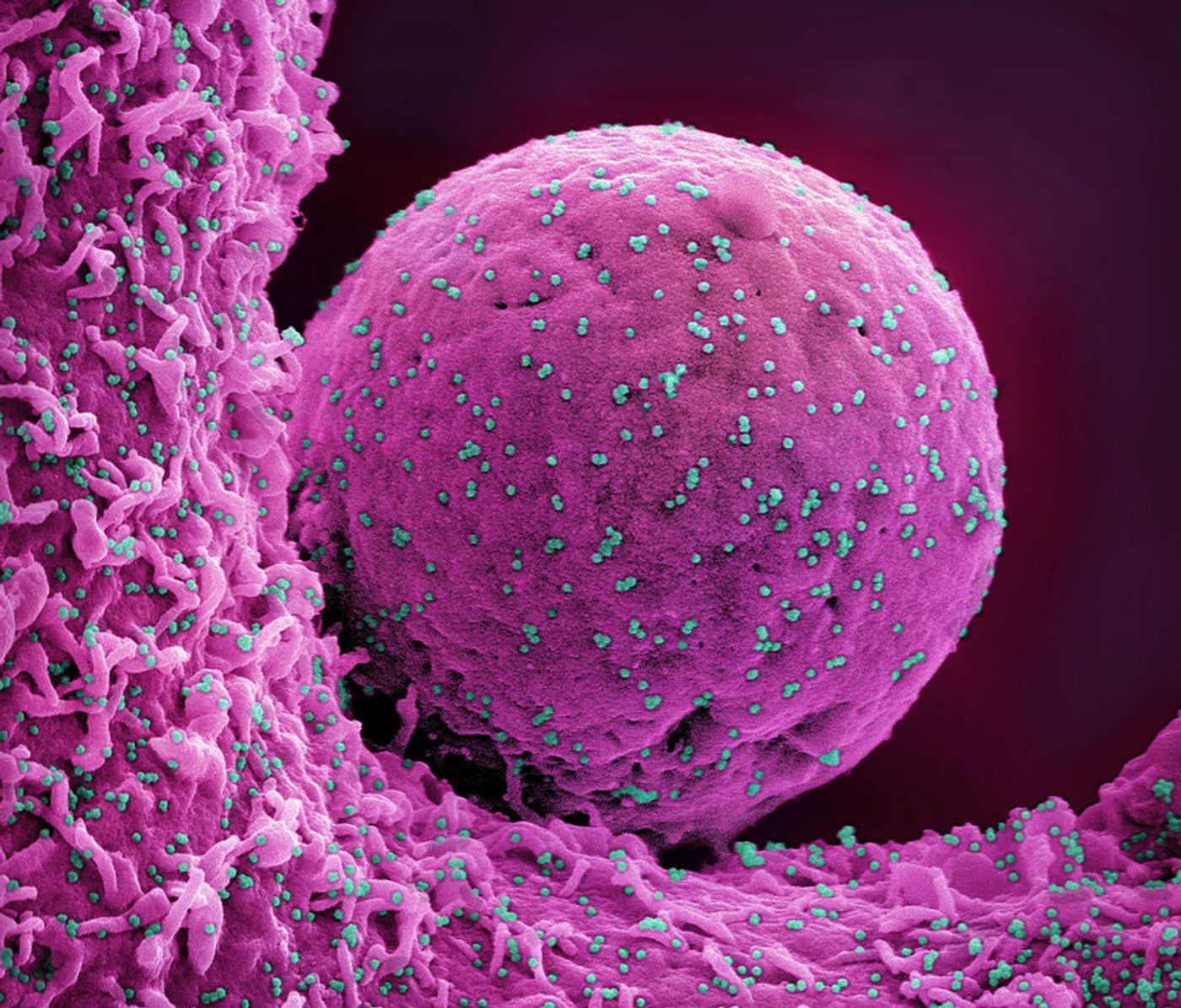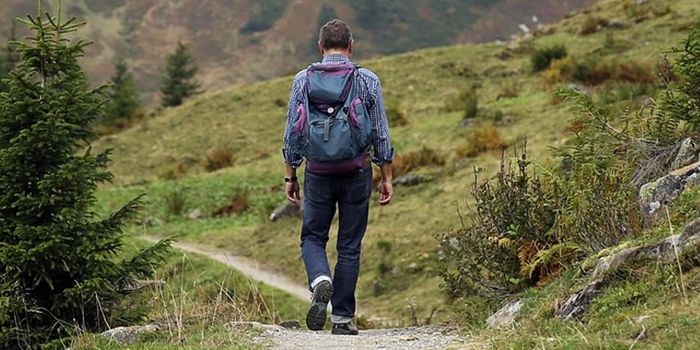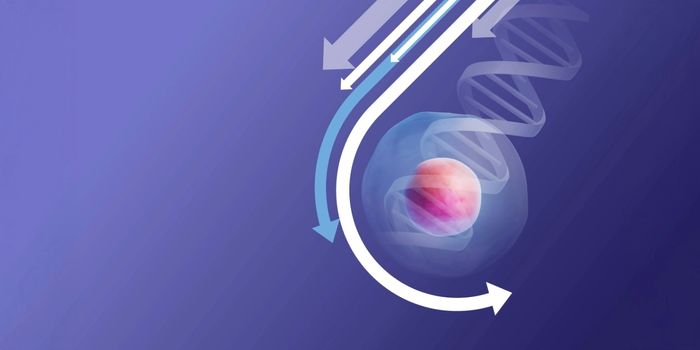New Breath Test Quickly Detects COVID-19 With a Few Puffs
Scientists from Washington University in St. Louis (WUSTL) recently developed an air monitor that can detect particles of SARS-CoV-2, the virus that causes COVID-19. The technology was reported in Nature Communications. This device can be used in schools, hospitals, or other indoor gathering areas and can detect the pandemic virus within about five minutes. Now this same team of researchers has created a test that can identify SARS-CoV-2 in one or two breaths of air. A person who is carrying the virus will get a positive result within about one minute. The work has been published in ACS Sensors.
This breath test could be an easy way to screen a lot of people, quickly, at public events or places like cruise ships, nursing homes, dormitories, or military bases, where a lot of people come into close, frequent contact. The test doesn't require any nasal or throat swabbing, and people don't have to wait fifteen minutes or more while the test is performed and their results are returned, noted co-corresponding author Rajan K. Chakrabarty, PhD, an Associate Professor at WUSTL. “A person simply blows into a tube in the device, and an electrochemical biosensor detects whether the virus is there. Results are available in about a minute.”
The study authors suggested that this test could also be easily modified to identify other viruses at the same time, like the flu or respiratory syncytial virus (RSV). If a novel pathogen emerges, the investigators estimated that it would take about two weeks from the time the germ was isolated to create a detector for it with this approach.
If people are lined up to enter a venue or event, it's impractical to test them all with fifteen-minute swab tests, and it takes even more time to do PCR. On top of that, these tests are not always accurate, noted John R. Cirrito, PhD, a professor at WUSTL. “It’s a bit like a breathalyzer test that an impaired driver might be given,” Cirrito said.
The researchers used nanobodies (tiny antibodies) from llamas to actually detect the virus in this device, which contains a biosensor that was modified from one that has been developed to detect Alzheimer's-associated proteins in mouse brains. The device is made with 3D printers.
When a group of COVID-positive people were tested with the device, it was successfully able to identify infected individuals, gave accurate readings twice per person, and did not yield false negatives. It was also able to detect different variants, including Omicron. The researchers are continuing to test the device and make improvements, and have partnered with a company called Y2X Life Sciences to license and potentially commercialize the technology, which was funded with a grant from the National Institutes of Health.
Sources: Washington University in St. Louis (WUSTL), ACS Sensors, Nature Communications









